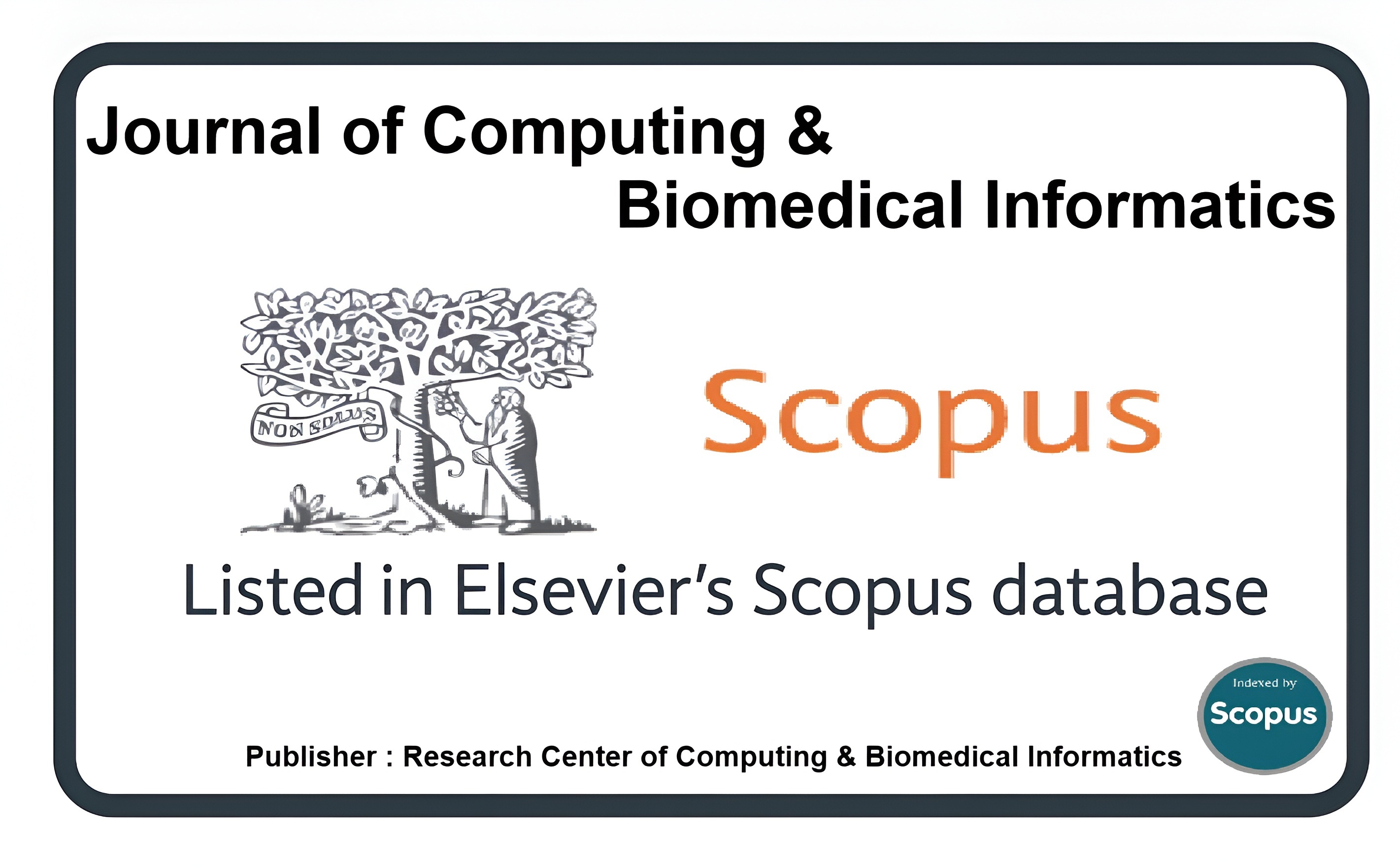Architecting Secure, Scalable, Lightweight Block Chains for IoT-Driven Smart Buildings using Direct Acyclic Graphs and Smart Contracts
Keywords:
Direct Acyclic Graph (DAG), Blockchain; Internet of Things, Intelligent Buildings, Scalability, PrivacyAbstract
Connected Smart Buildings (SBDs) in distributed networks with the Internet of Things (IoT) provide automated building monitoring, and control. However, IoT offers distinct security and scalability issues. IoT systems with centralized client-server architectures may have scalability and privacy vulnerabilities owing to increased interactions and dependencies. Distributed Ledger Technology DLT can be incorporated across architectural layers to solve these problems. Block Chain Technology (BCT), like Bitcoin (BTC) and Ethereum, can solve numerous IoT issues. IoT device’s computing capabilities are too low for resource-intensive block chain consensus; scalability, security, and transaction costs must be improved in blockchain solutions. IOTA, a distributed ledger based on Direct Acyclic Graph technology, is emerging as a potential solution. However, current IOTA Blockchain-based techniques have limitations to address these challenges. To optimize IoT systems further, we introduce the scalable, lightweight distributed blockchain for IoTs (SLDBI) approach, which harnesses the DAG-based Tangle and implements a lightweight message data model. The SLDBI approach addresses IoT device limitations and streamlines integration across diverse domains. It improves system security with enhanced access controls, energy efficiency, and scalability within IoT ecosystems. This is achieved by employing the Masked Authentication Message (MAM) protocol and the IOTA Smart Contract Protocol (ISCP). Our technique introduces an energy-efficient proof-of-work (PoW) computation approach throughout the entire node. Using a case study approach for Smart Building Devices (SBDs), we conducted experiments and analysis that proved the effectiveness of the SLDBI approach. This approach offers improved security and scalability while maintaining energy efficiency. With SLDBI, granular user access control can be easily managed, and the system can seamlessly scale across expansive networks, encompassing smart buildings comprising numerous IoT nodes.
Downloads
Published
How to Cite
Issue
Section
License
This is an open Access Article published by Research Center of Computing & Biomedical Informatics (RCBI), Lahore, Pakistan under CCBY 4.0 International License





